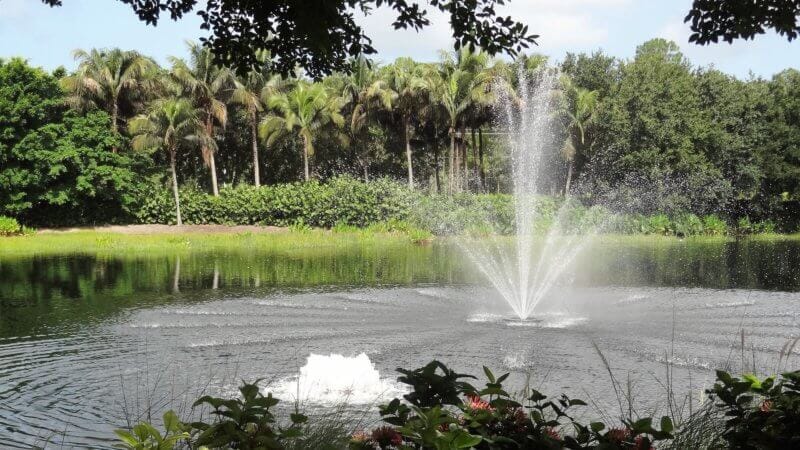Mon - Fri 9am-4pm
1(862)-362-1444
1(862)-362-1444
Mon-Fri 9am-5pm EST

Aeration plays a vital role in maintaining a healthy and thriving pond. By infusing oxygen into the water, aeration not only benefits your fish but also improves the overall ecosystem of your pond. Here are the top five reasons why adding aeration to your pond is essential:
As ponds age, nutrients accumulate at the bottom and form muck. This muck isn’t just unpleasant to see or step on—it can also produce bad odors and attract unwanted pests like leeches. Aeration helps reduce muck by increasing dissolved oxygen and circulating the water. This encourages beneficial aerobic bacteria to thrive, breaking down organic material and preventing future muck buildup.
Excess nutrients can cloud the water, making your pond look murky. Aeration combats this by reducing muck, boosting oxygen levels, and circulating water. With fewer nutrients available, algae and weeds struggle to grow, leading to clearer, healthier water that’s visually appealing and easier to maintain.
Oxygen is crucial for fish and beneficial bacteria in your pond. Without it, your pond could enter an anaerobic state, where harmful bacteria produce unpleasant gases like hydrogen sulfide, causing a rotten egg smell. Aeration ensures an abundance of dissolved oxygen, supporting a balanced ecosystem where aerobic bacteria efficiently break down organic debris without unpleasant side effects.
The thermocline is the layer separating warm surface water from cooler, oxygen-deprived bottom water. Aeration mixes and circulates these layers, eliminating stratification. This process brings oxygen-starved water to the surface to be oxygenated while warmer water circulates downward, supporting beneficial bacteria throughout the pond. A well-aerated pond maintains a consistent temperature, enhancing overall water quality.
Large-scale fish deaths often result from low oxygen levels. During winter, gases from decomposing debris can get trapped under ice, depleting oxygen and suffocating fish. Aeration pumps fresh oxygen into the water and can keep a hole in the ice, allowing gases to escape. In spring and fall, aeration prevents harmful turnover events caused by rapid mixing of stratified water, which can drastically reduce surface oxygen levels.
An Installation Video: